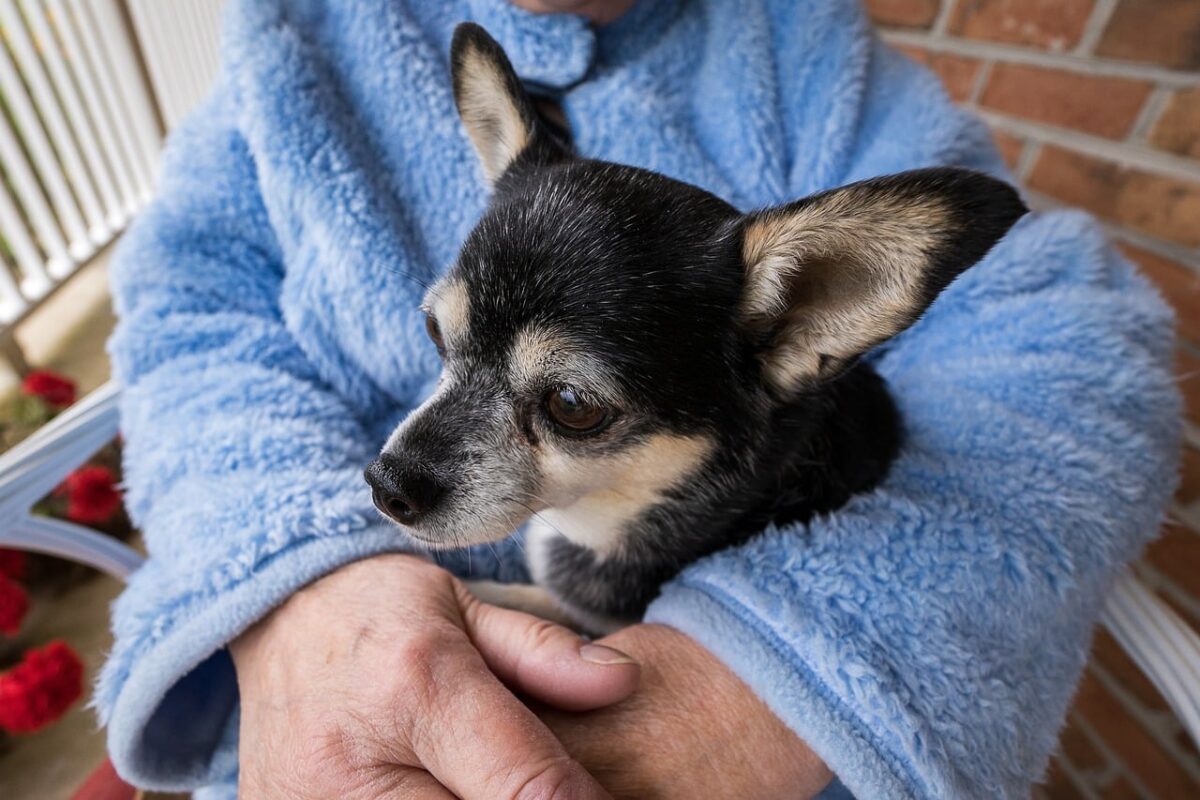 Shutterstock
Shutterstock
Dogs can experience anxiety for many reasons, from new environments and loud noises to separation from their humans or unfamiliar situations. While traditional methods like exercise, obedience training, and gentle reassurance can provide some relief, sometimes a more creative approach is needed to help your pup stay calm. Nervous dogs may benefit from specific strategies tailored to their unique needs, using methods that tap into their instincts, preferences, and sensory strengths. Exploring these unconventional calming techniques can provide them with a greater sense of security and confidence.
Try a Licking Mat with a Yummy Spread
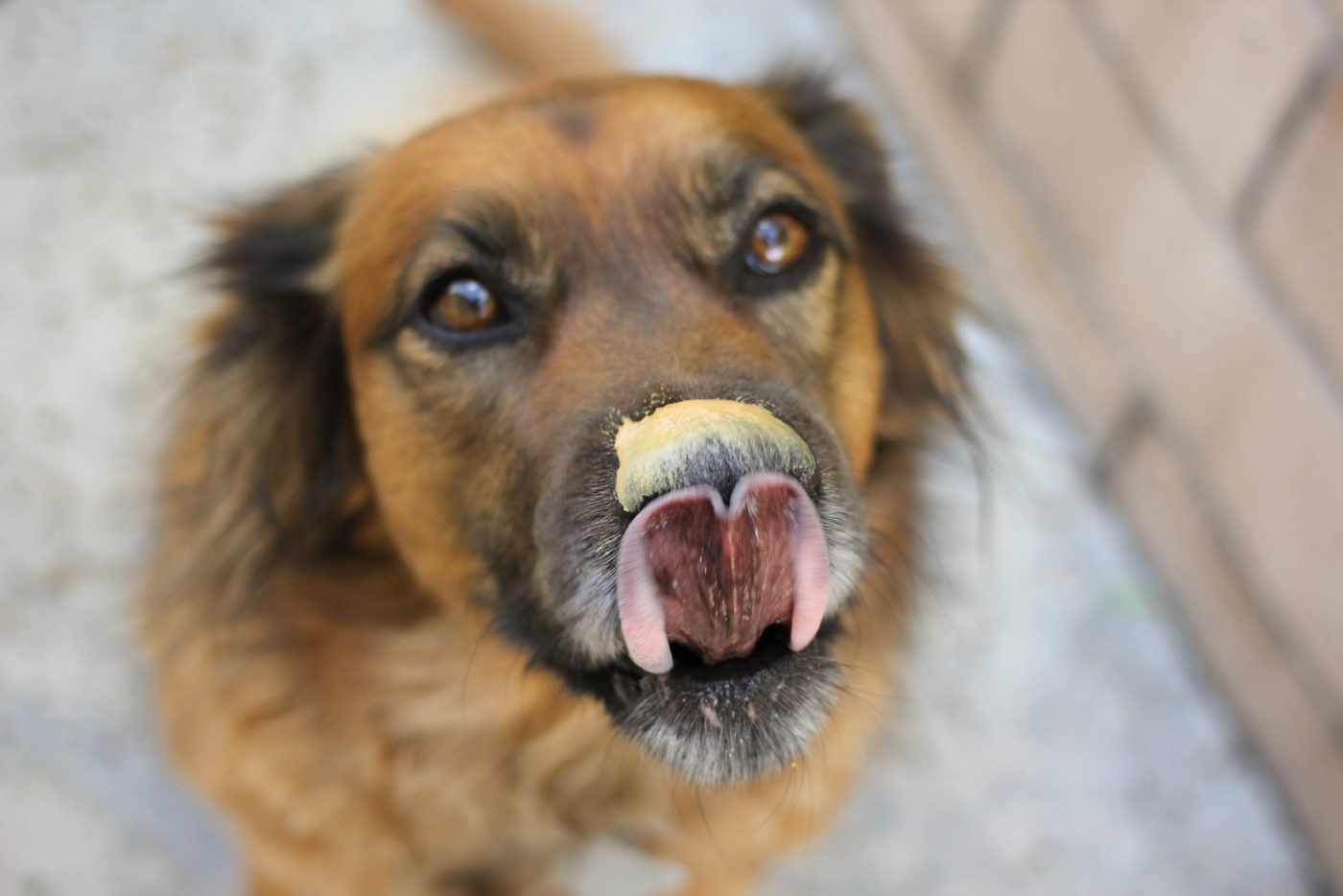 Shutterstock
Shutterstock
Licking is a naturally calming activity for dogs, so giving them a designated mat with a tasty spread like peanut butter, yogurt, or a dog-friendly pumpkin puree can help soothe them. The act of licking is repetitive and relaxing, allowing your dog to focus on something simple and enjoyable. Plus, licking releases endorphins, which naturally reduce stress. Using a licking mat not only distracts your dog from anxiety triggers but also provides a comforting, calming experience that can last for a while.
Use Calming Scents Like Lavender or Chamomile
 Shutterstock
Shutterstock
Certain scents, such as lavender and chamomile, have been shown to reduce anxiety in dogs. These scents can be used with dog-safe essential oil diffusers or by applying a tiny drop on your dog’s bedding. The calming aroma helps create a soothing environment and can make your dog feel more relaxed. Since dogs’ sense of smell is so powerful, introducing calming scents can have a strong effect on their mood. Always use essential oils cautiously, ensuring they’re diluted and dog-safe, as some oils are not safe for pets.
Try a Canine-Specific Massage
 Shutterstock
Shutterstock
While petting is nice, a targeted canine massage can work wonders on a nervous dog by helping them release tension. You can use gentle, circular motions along their neck, back, and shoulders to calm them down. There are even specific techniques, like the Tellington TTouch method, that focus on pressure points to reduce stress. Massage not only helps relax their muscles but also fosters a deeper bond, making them feel more secure. A calming massage can serve as a grounding tool, especially during stressful situations like thunderstorms or fireworks.
Play Gentle Music or White Noise
 Shutterstock
Shutterstock
Music therapy isn’t just for humans—it can help dogs feel calmer too. Playing soft classical music or using a white noise machine can drown out disturbing sounds and create a peaceful atmosphere. Some studies suggest that reggae and classical music are particularly effective in calming dogs. Music and white noise can be especially useful in environments with lots of background noise, as they help mask sounds that might trigger anxiety. Experimenting with different genres can help you find the most effective tunes to soothe your nervous pup.
Try Low-Level Agility Exercises
 Shutterstock
Shutterstock
Low-intensity agility exercises, like stepping over poles or weaving around cones, can redirect a nervous dog’s energy and boost their confidence. These exercises help them focus on the task at hand, which can distract them from whatever is making them anxious. Additionally, agility exercises require concentration and can help dogs release pent-up energy in a controlled way. By keeping their minds engaged in these activities, they become more confident and are less likely to feel overwhelmed by anxiety triggers in their environment.
Provide a Weighted Blanket or Anxiety Vest
 Shutterstock
Shutterstock
Weighted blankets and anxiety vests, such as ThunderShirts, apply gentle, constant pressure that can calm a nervous dog. Similar to how weighted blankets comfort humans, these products help dogs feel more grounded and secure. The gentle pressure mimics a calming hug, which is particularly comforting for dogs prone to separation anxiety or fear of loud noises. The vest or blanket gives them a sense of stability, helping to reduce rapid breathing and create a sense of calm. For dogs with severe anxiety, a weighted item can make a significant difference.
Introduce a Specific Calming Routine
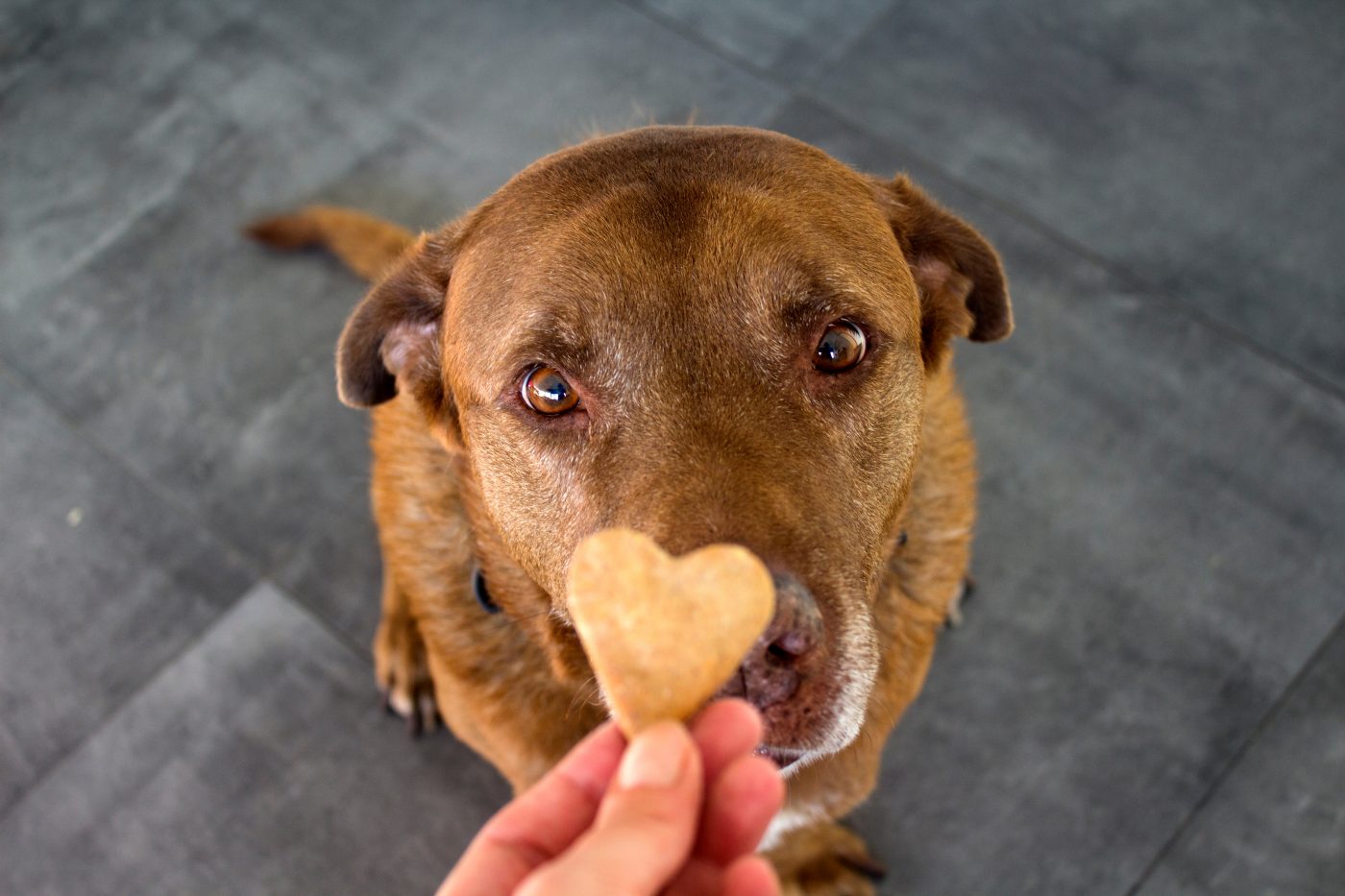 Shutterstock
Shutterstock
Dogs thrive on routine, so introducing a specific “calming routine” during anxious moments can help reduce stress. For instance, you might start with some gentle petting, offer a special calming treat, and follow up with a few minutes of quiet play or massage. Over time, the routine itself becomes a signal to your dog that it’s time to relax. This ritual creates predictability, which is comforting for nervous dogs. A structured routine gives them a familiar process to look forward to, offering stability in moments of uncertainty.
Try “Behavioral Shaping” Through Games
 Shutterstock
Shutterstock
Behavioral shaping involves rewarding small, positive behaviors to help your dog learn to manage their anxiety. For example, if your dog is nervous around strangers, you can reward them each time they calmly look at a new person without reacting. Gradually, you can reward them for moving closer or for maintaining calm in different situations. This method encourages your dog to face their fears in small steps, building confidence through positive reinforcement. Behavioral shaping helps break down challenging experiences into manageable parts, turning stress into a positive learning process.
Use Interactive Puzzle Toys to Focus Their Energy
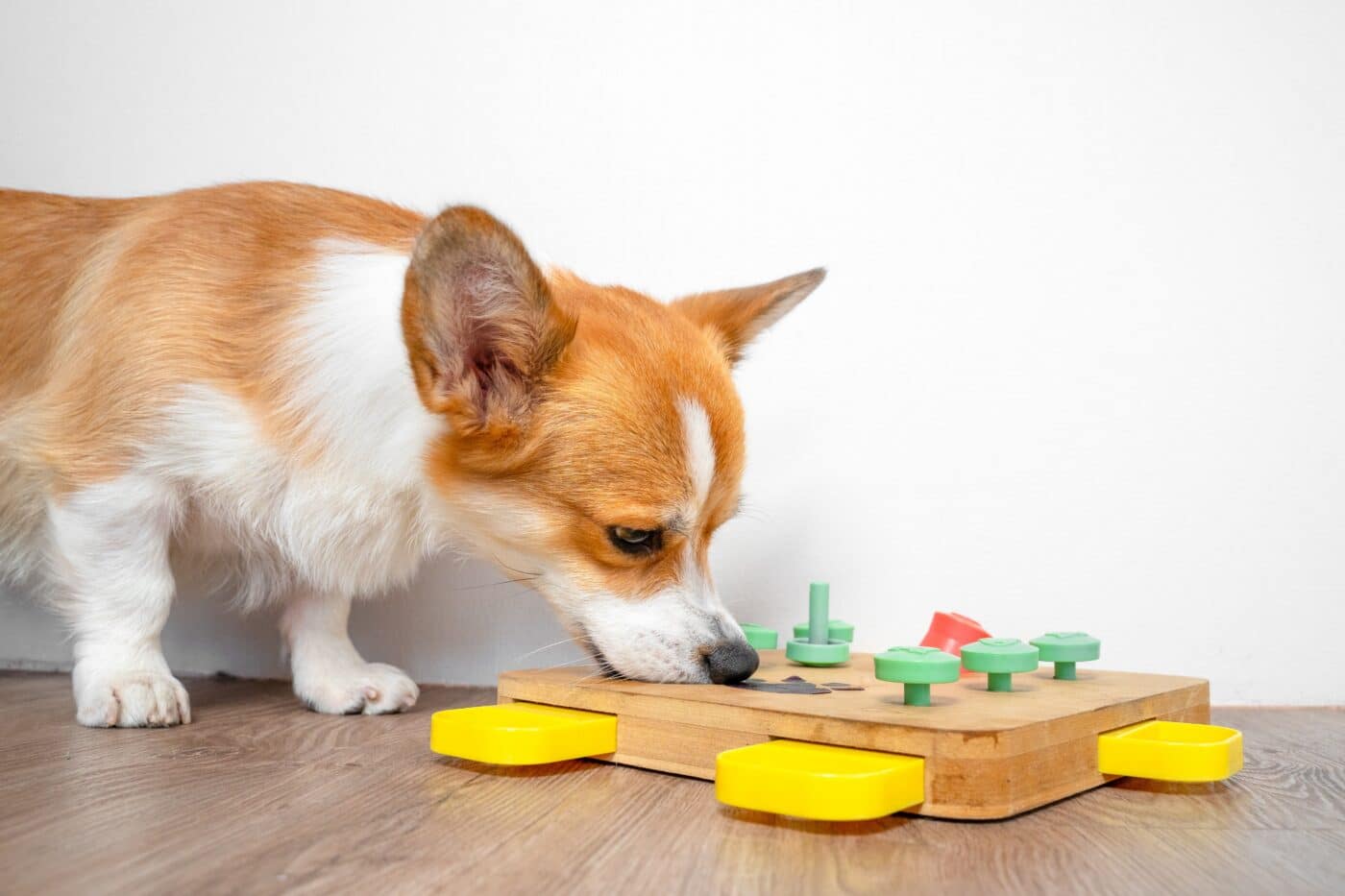 Shutterstock
Shutterstock
Interactive puzzle toys are fantastic for occupying a nervous dog’s mind, channeling their energy into something stimulating and fun. These toys encourage problem-solving and reward them with treats, helping them focus on a task rather than their anxiety. By engaging their brains, puzzle toys help distract dogs from stressful stimuli and provide mental enrichment. They’re particularly useful for times when you need to calm your dog without hands-on attention, like when guests are over or during a loud event in the home.
Speak in a Low, Calm Voice
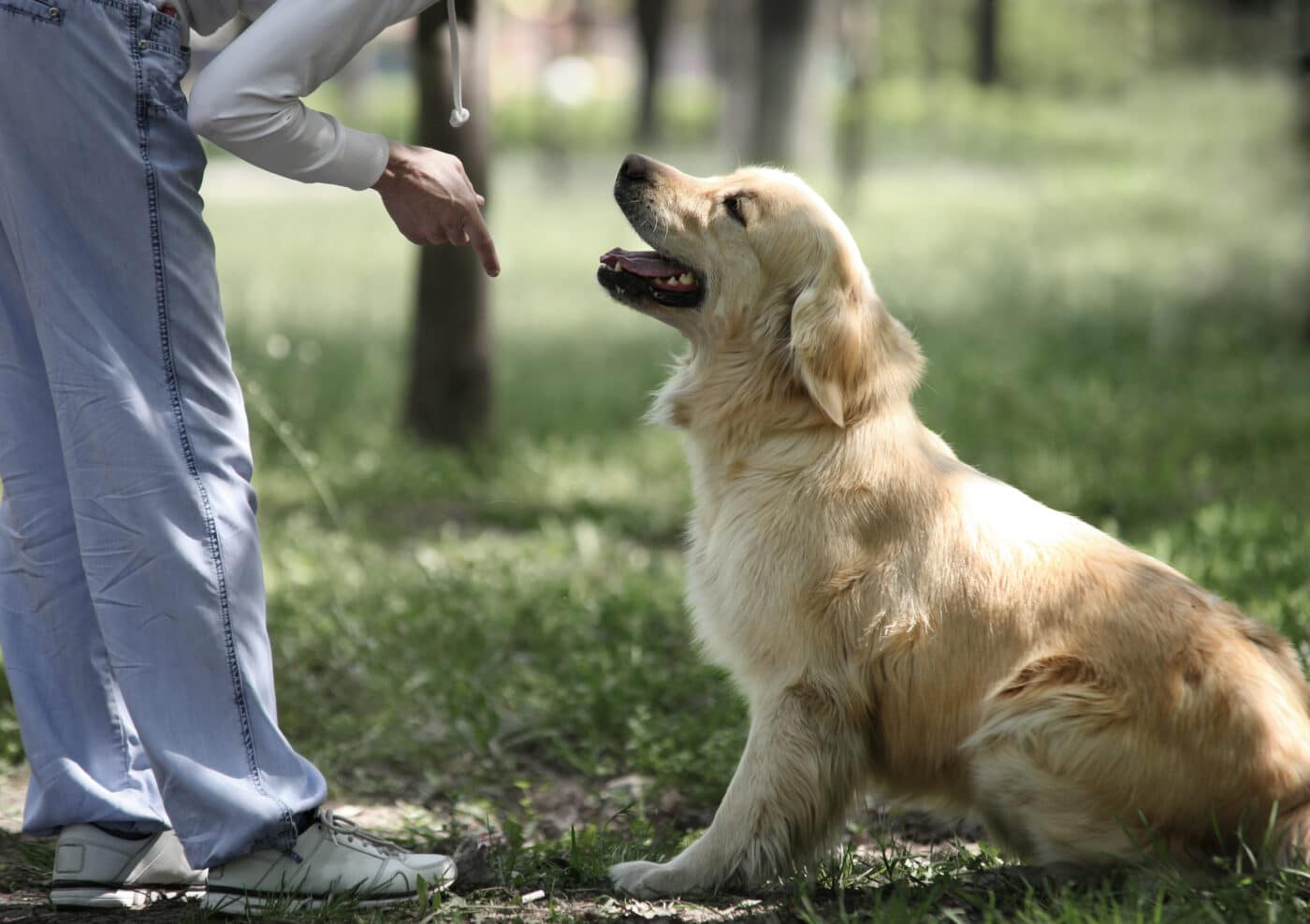 Shutterstock
Shutterstock
Dogs are highly attuned to human voices and can pick up on emotions through tone. Speaking to your dog in a low, calm voice can reassure them that everything is okay. When you talk to your dog in a soothing tone, it can help slow their breathing and encourage them to relax. Avoid loud or high-pitched tones, as these can increase anxiety. Consistently using a calm voice during stressful moments creates a verbal signal for relaxation, letting your dog know they’re safe with you.
The Tail-End Of Dog-Calming Secrets
 Shutterstock
Shutterstock
Helping a nervous dog takes patience, creativity, and sometimes a few unconventional methods. The next time your pup feels anxious, try these unique techniques tailored to ease their nerves and provide comfort. From calming scents to gentle routines, each strategy can bring them a little more peace and help them feel secure. Remember, with a bit of practice and consistency, these tricks can make a big difference in your dog’s confidence—and don’t forget those soothing tunes to set the perfect calm atmosphere!

 2 weeks ago
6
2 weeks ago
6
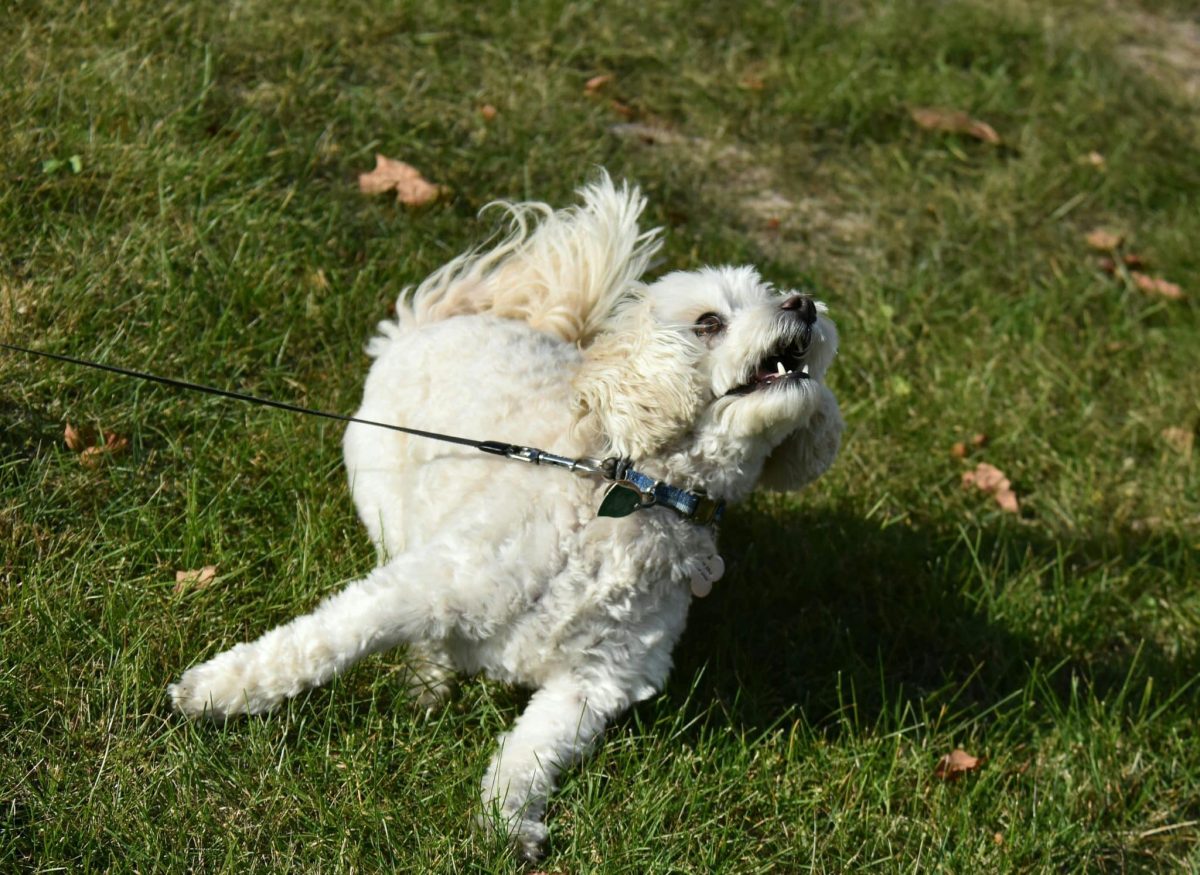

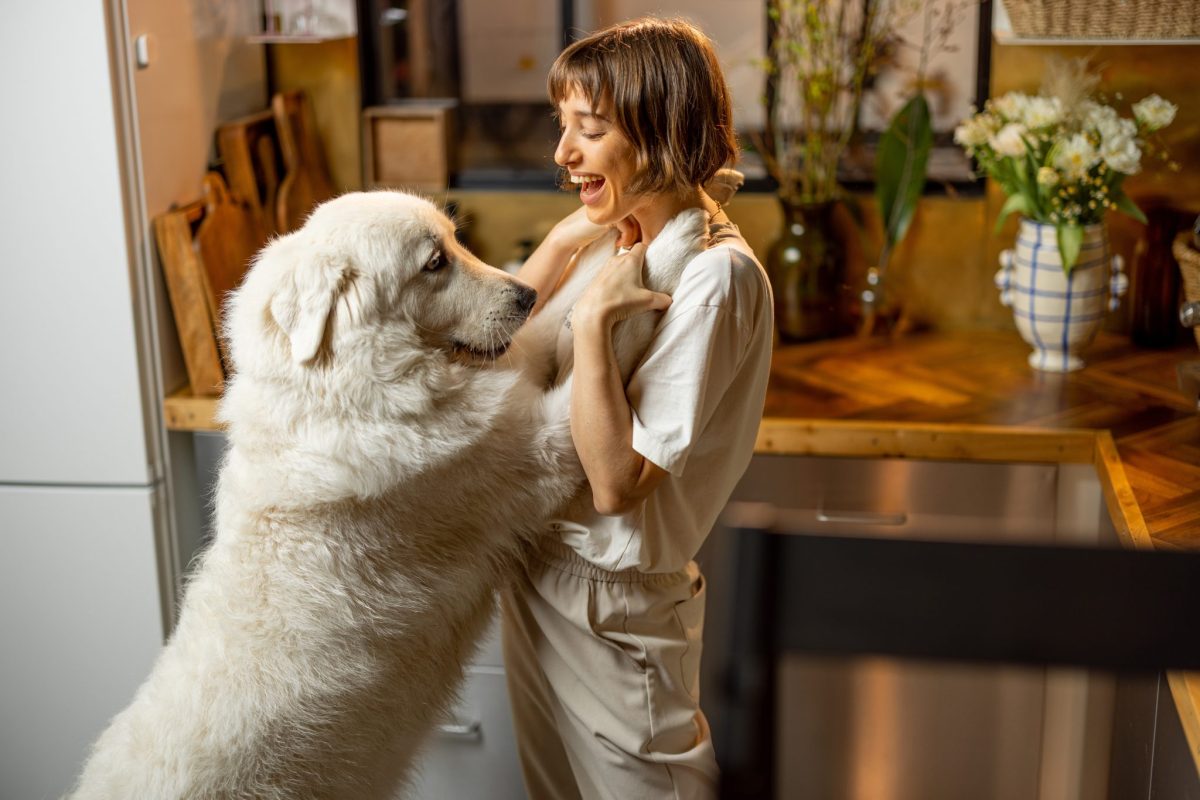

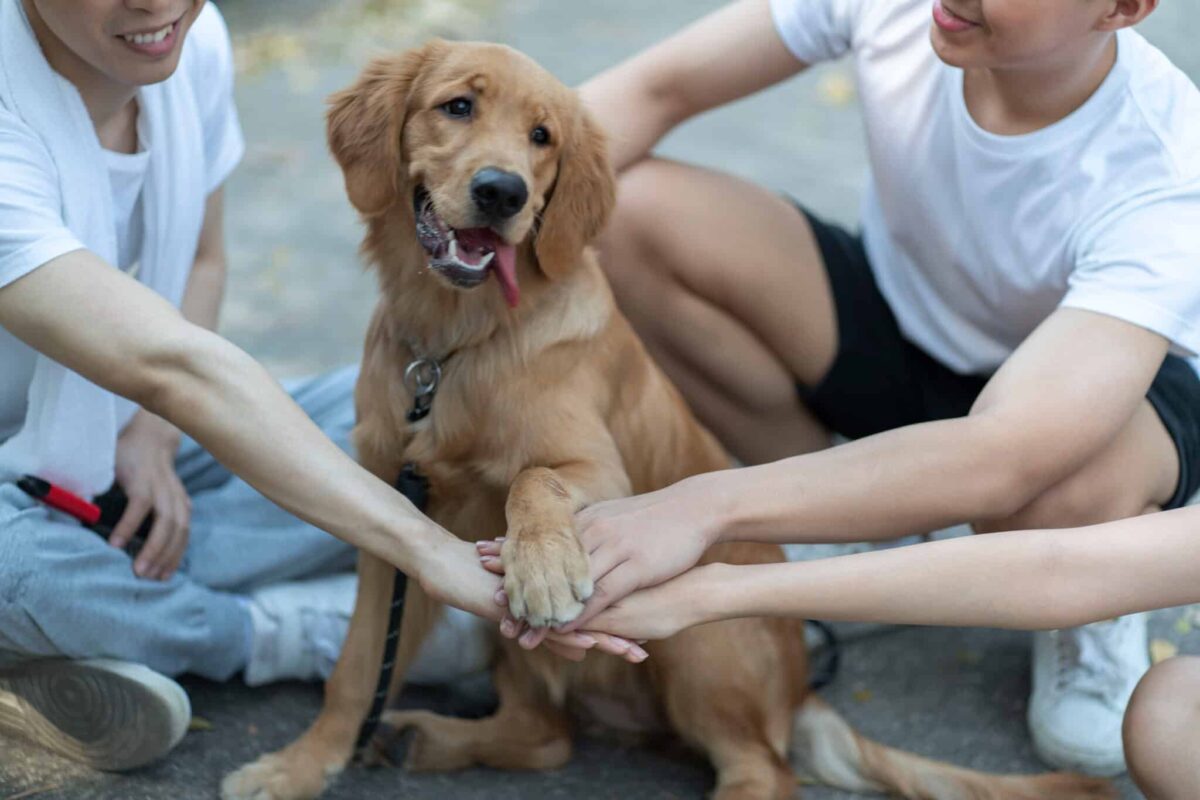
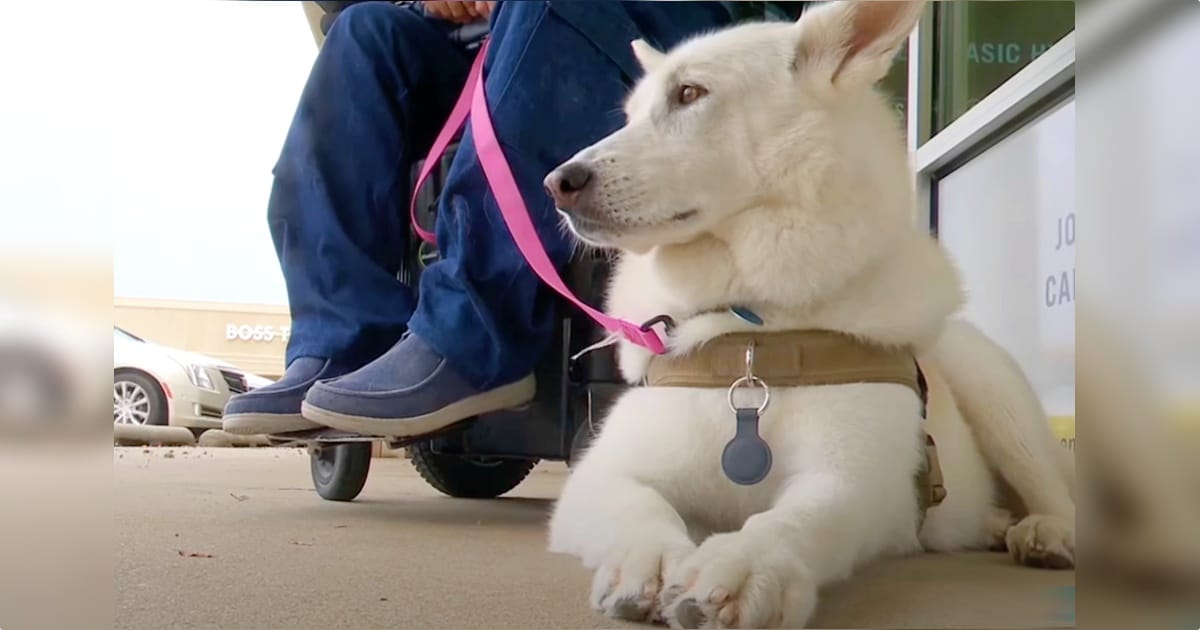
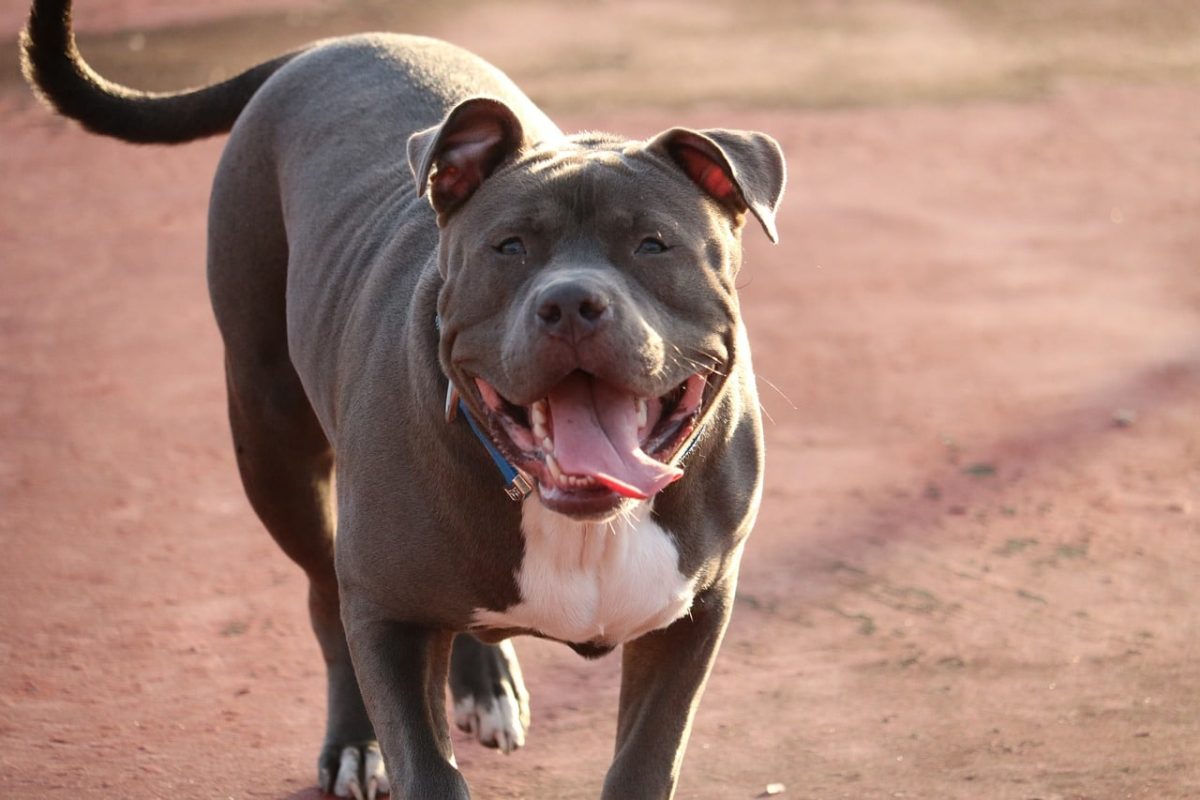
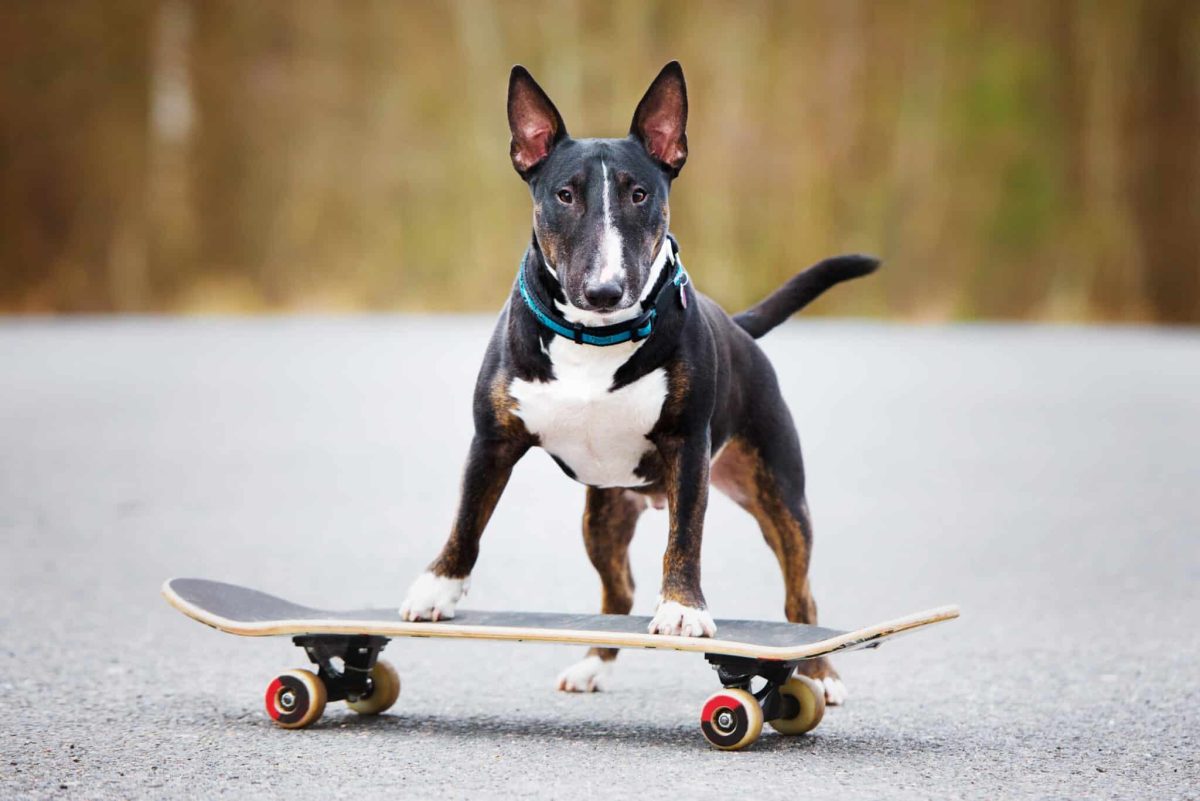



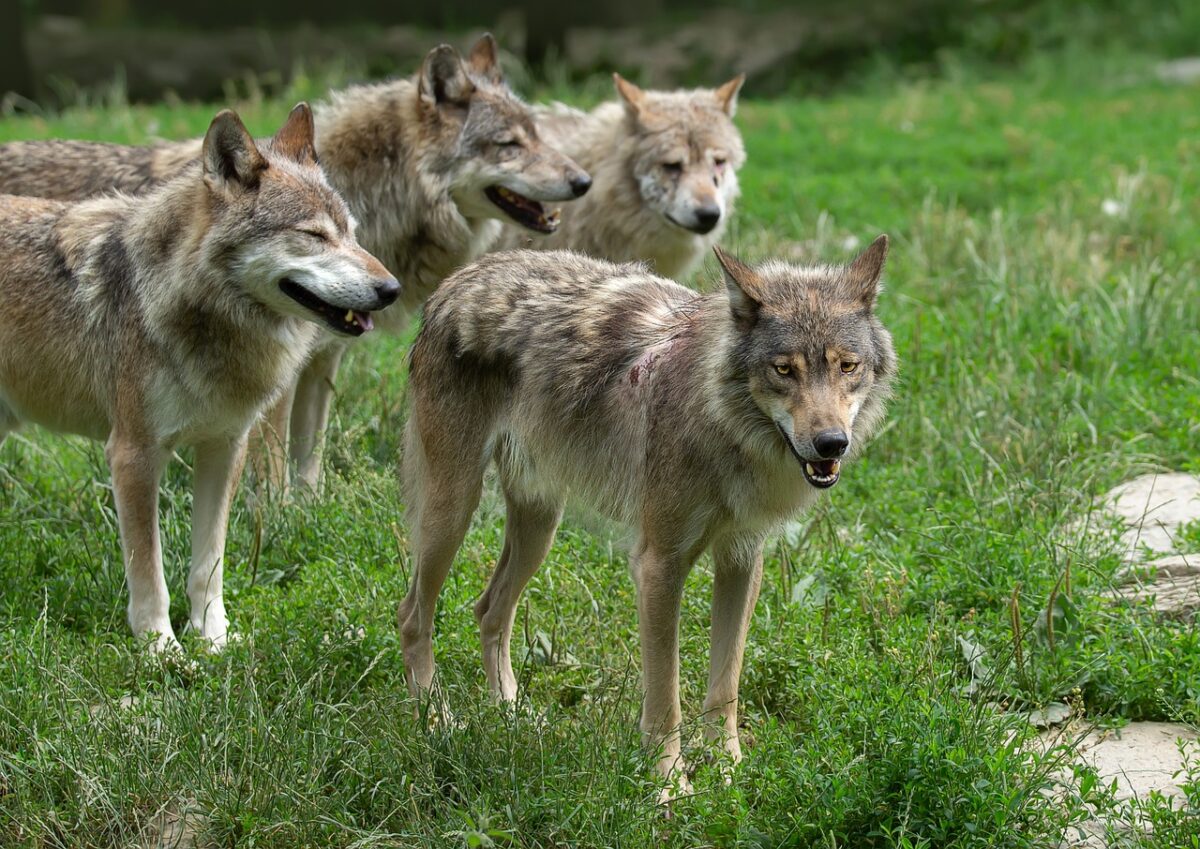
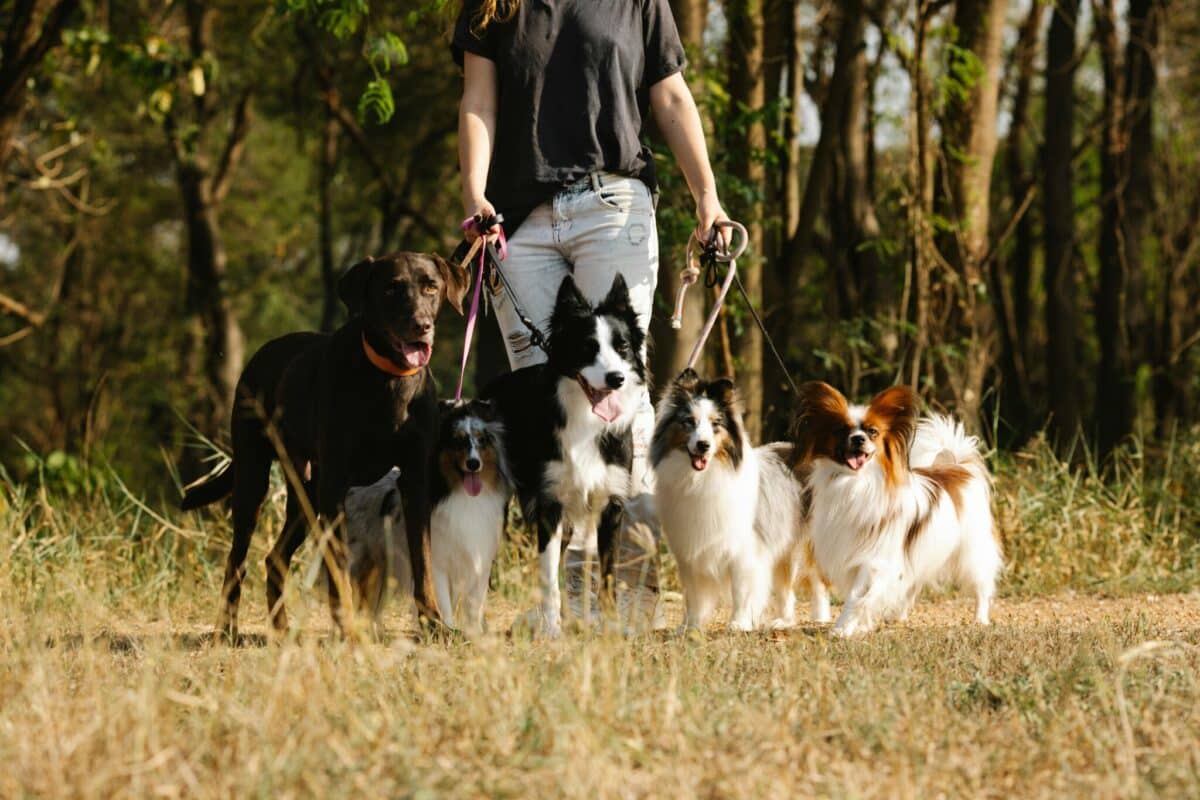



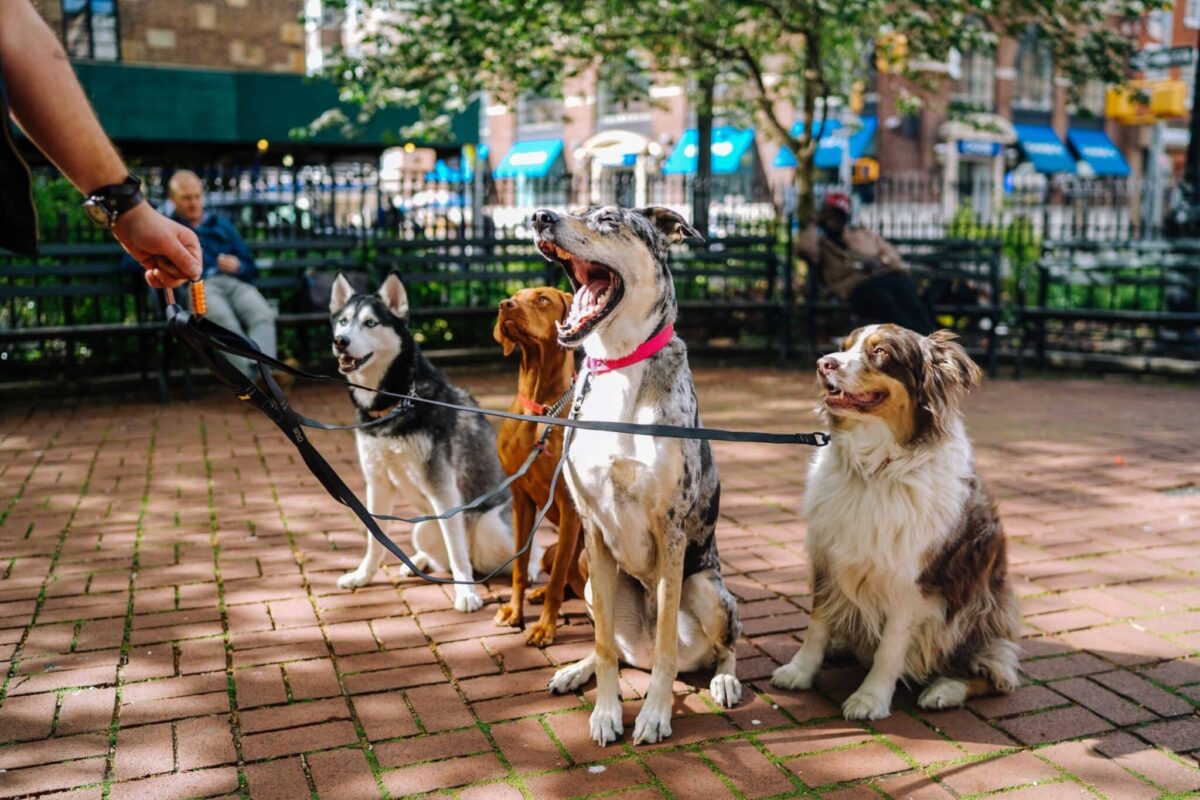

 English (US) ·
English (US) ·